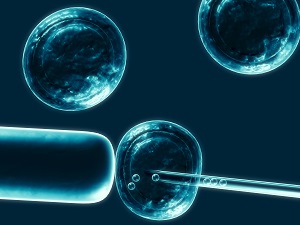According to the European IVF Monitoring Consortium, assisted reproduction techniques have reached the maximum possible success rate. Unfortunately the data is not comforting. Only 1 attempt out of 4 is successful and in the last few years there have been no improvements. Indeed, ICSI (intracytoplasmic sperm injection) has been declining for the past 10 years.
How did these observations come about and what can be done? The researchers analyzed the national registers of 36 European nations, focusing on couples who used assisted reproduction techniques. Of those who used IVF, only 27% managed to have a baby. In the case of ICSI, the percentage drops to 24%.
In 2008, intracytoplasmic injections had a 30% success rate, so there was a sharp decline. ICSI was designed for cases of poor male fertility, when there are few spermatozoa or are too slow to reach the oocyte. In these cases, the doctor selects the best sperm and injects them directly to the oocyte. Why has the technique become less effective? According to Dr. Christian de Geyter, there has been an ICSI boom in recent years. Probably, many doctors are also using it for other causes of infertility, not always successfully.
Even giving reason to Dr. de Geyter, the fact remains that only 1 treatment out of 4 is successful. Fertility treatments may therefore have reached their natural limit. Or perhaps the fact that more and more women over 40 are using assisted reproduction has reduced their success rates.
Source: newscientist.com



